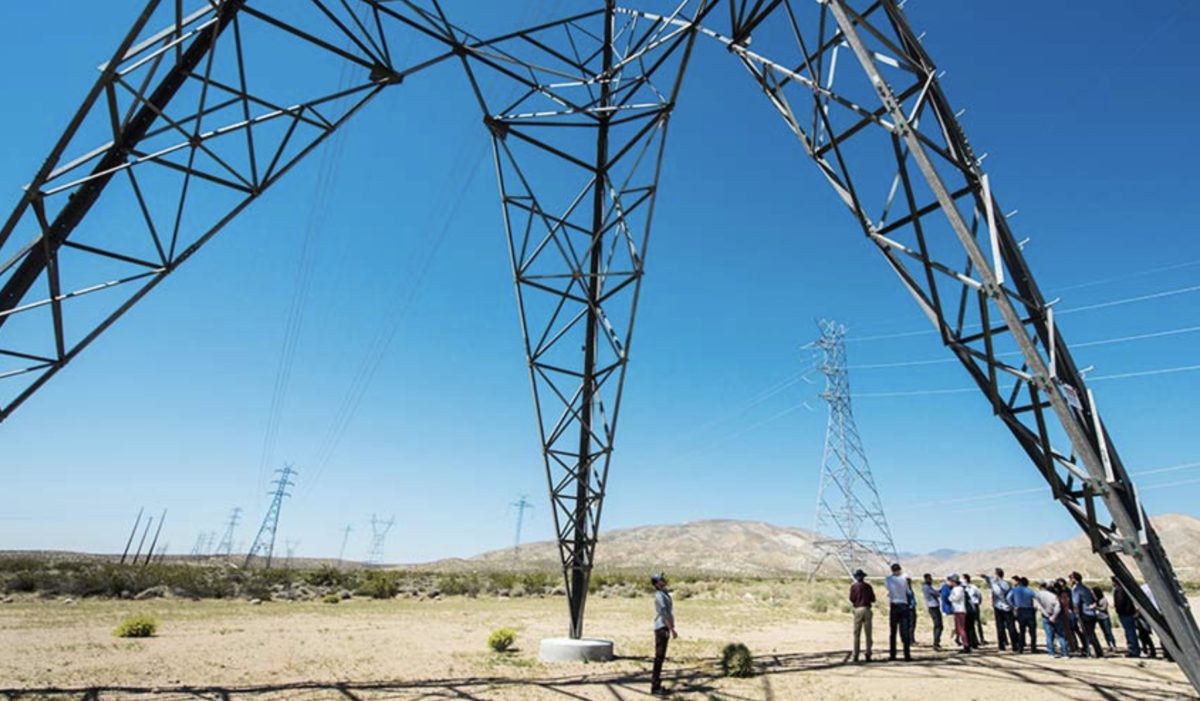The California Energy Commission (CEC) has set new standards requiring the state’s five largest electric utilities to develop retail electricity rates that change at least hourly, to reflect locational marginal costs. They must also post those rates to a state database known as MIDAS.
The new load management standards aim to help customers shift electricity consumption to periods when renewable generation is high and wholesale prices are low, and help “support the carbon-free grid of the future,” said the CEC in its load management rule.
Hourly retail pricing of electricity is a form of dynamic pricing, which is also known as “sending prices to devices.”
Technologies that respond to price signals to automatically shift electricity consumption to lower-cost periods are seen as key to the success of dynamic pricing. “We have device manufacturers and other parties that are already starting to use MIDAS, and more are being added all the time,” said CEC staff.
The CEC standards require utilities to educate customers about both time-dependent rates and automation technologies, through their existing customer education and outreach programs.
The CEC has not required utilities to offer hourly rates to retail customers, because the California Public Utilities Commission (CPUC) has the jurisdiction to approve utility rates. Instead, the CEC can require utilities to develop rate proposals that are in alignment with its load management standards, and then the utilities would file the rate proposals with the CPUC for review, said Terrie Prosper, Director of the CPUC’s News and Outreach Office.
The CEC’s requirement for utilities to post and update their rates at least hourly on the MIDAS database takes effect on April 1, 2023. Utilities must post to MIDAS “only existing and any newly adopted time-varying rates,” said CEC staff.
California’s largest electric utilities are already working on dynamic rates on an opt-in basis, said Jin Noh, policy director for the California Energy Storage Alliance. He cited dynamic rate pilot projects by utilities SCE and PG&E, and requests utilities have filed with the CPUC for approval of dynamic rates.
Finely grained dynamic rates, which could change every five minutes instead of hourly, and account for cost factors beyond the locational marginal price for wholesale power, have been proven to work in a pilot project completed in 2020.
A Pacific Northwest National Laboratory modeling study found that such real-time pricing could save $33 billion per year across the U.S.
The CEC said its new hourly pricing standards would yield net benefits of $243 million over 15 years, based on an analysis (PDF) prepared by CEC staff.
This content is protected by copyright and may not be reused. If you want to cooperate with us and would like to reuse some of our content, please contact: editors@pv-magazine.com.








If every consumer had access to the rates in real time and could program their batteries to charge and discharge based on rates, the batteries could pay for themselves in savings. This would require every household had a battery bank, Smart controllers and grid tied inverters to take advantage of the savings. Solar panels could be an option but not necessary to cash in on the savings so people who would not install solar could still cash in on “Battery Banking”. There has been a long timer dispute on getting the outputs from homeowner’s inverters to synchronize with the grid. Grid following works only when a master energy supply produces a large enough output that the small inverters will follow it, but the best way is to have a universal signal, outside of the line voltage, telling inverters to synchronize with the system and the same signal used to sermonize could also tell smart battery systems when to charge and discharge for maximum profits. This new set of signals could be sent out over the 5G network, and all the systems could synchronize to the utility master sine wave and demand for power requirements.